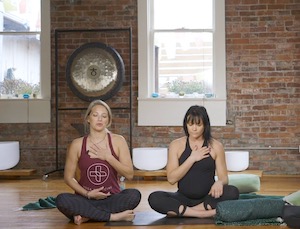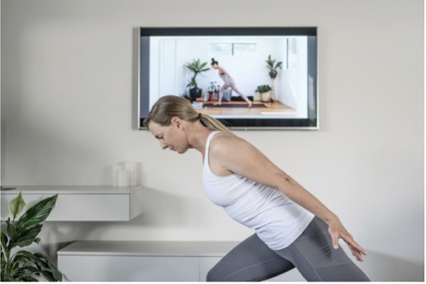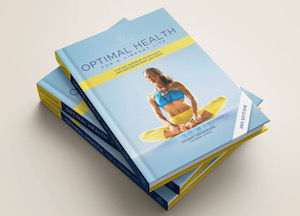Articles, Chinese Medicine, Internal Medicine, Uncategorized, Yin, Restorative and Meditation
The Power of the Diaphragm – Part I
To most of us, the diaphragm is a deep and mysterious part of the body. However, if we understand it, this muscle can be a very valuable tool for us as students & yoga teachers.
Let’s begin with a look at the structure of the diaphragm. The diaphragm is often compared to a parachute based on the origin & insertion of the muscle and its shape inside the body. The diaphragm originates on the lower border of the ribs, all the way around the body. Unlike any other muscle in the body, it literally folds over on itself to create its insertion point. The diaphragm insertion point is in the center of the body, and is called the ‘central tendon’.

Since there are so many interesting attributes of the diaphragm, I’ve broken this article down into several parts. In Part I, we’ll look at the connection of the nervous system to the diaphragm and the effect that it can have on the body. Later in Part II, we’ll explore the subtleties of the diaphragm on a more energetic level and how to apply these concepts to your practice and your ability to work more deeply with your students.
Diaphragm & Parasympathetic Nervous System
One of the most powerful elements of the diaphragm is its connection to the parasympathetic nervous system (PNS).
There is no way to directly connect to the PNS. As a part of the autonomous nervous system, the PNS pathway is controlled entirely involuntarily, although we can influence this system indirectly. The diaphragm is one of the most powerful indirect influences on the PNS.
When we look at the structure of the diaphragm we see that the Vagus Nerve runs right through the esophageal hiatus of the diaphragm.
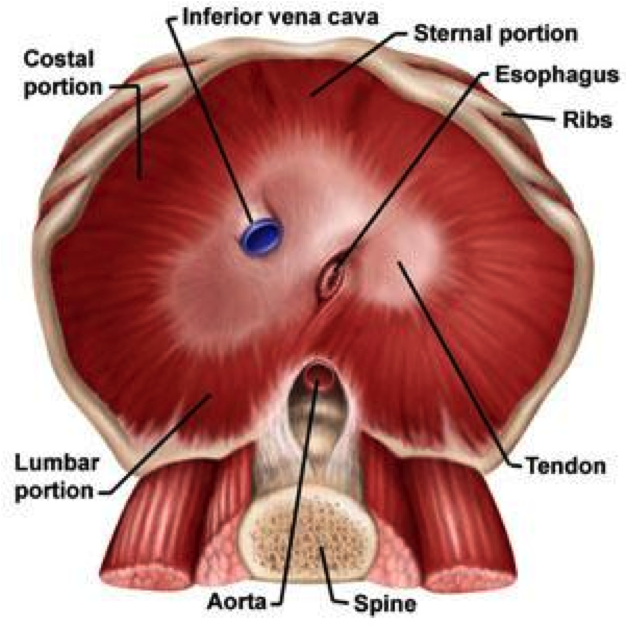
The Vagus Nerve (10th cranial nerve) is the main circuitry of the PNS. It sends signals out from the PNS to the internal organs telling them when to perform their functions.

The movement of the diaphragm around the vagus nerve stimulates the parasympathetic response. In this case the more movement of the diaphragm the more stimulation to the PNS we get as an effect. So, to stimulate the parasympathetic response, we merely need to be practicing diaphragm breathing. Easier said than done! Due to poor posture, stress, and general tension, most of us have poor diaphragm movement. (more to come on this in Part II!)
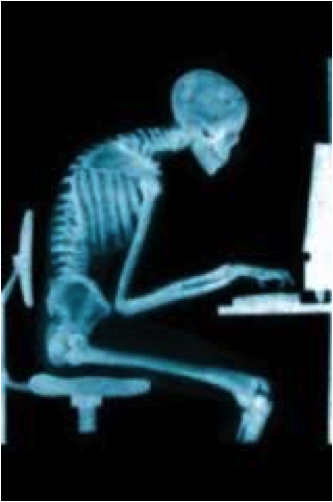
Diaphragm & Breathing
The second connection we see is through the natural cadence of the breath and its connection to the heart rate. When you inhale, the heart rate naturally increases. This occurs to speed up the filling of the low-pressure environment of the lungs. As you exhale, the heart rate naturally slows down to avoid excessive pressure in the arteries of the lungs. The changes in heart rate with breathing is referred to as respiratory sinus arrhythmia (RSA).
The Autonomic Nervous System (ANS) modulates the heart rate through pressure receptors (baroreceptors) in the arteries. As the heart rate increases on inhalation, your body creates a sympathetic response. As the heart rate decreases on exhalation, your body creates a parasympathetic response. In this way, the diaphragm becomes a mediator of the ANS and can be a powerful regulator of the Sympathetic & Parasympathetic Nervous System. When we look at this aspect of the breath, we see our ability to differentiate the parasympathetic & sympathetic with the different aspects of the breath we emphasize. By emphasizing the exhalation, we increase parasympathetic tone and help encourage the ‘rest and digest’ response of the PNS.
There is a strong connection between the diaphragm and the PNS, through both the vagus nerve and our breathing response. These connections can have many possible applications in our practice. They can allow us to work with students on a deeper more therapeutic level. We often see the depth of our work in the more subtle aspects of our practice rather than the poses themselves.
In Part II we’ll look at the subtleties of the diaphragm and how all of this applies more directly to the practice of yoga – check it out here!




